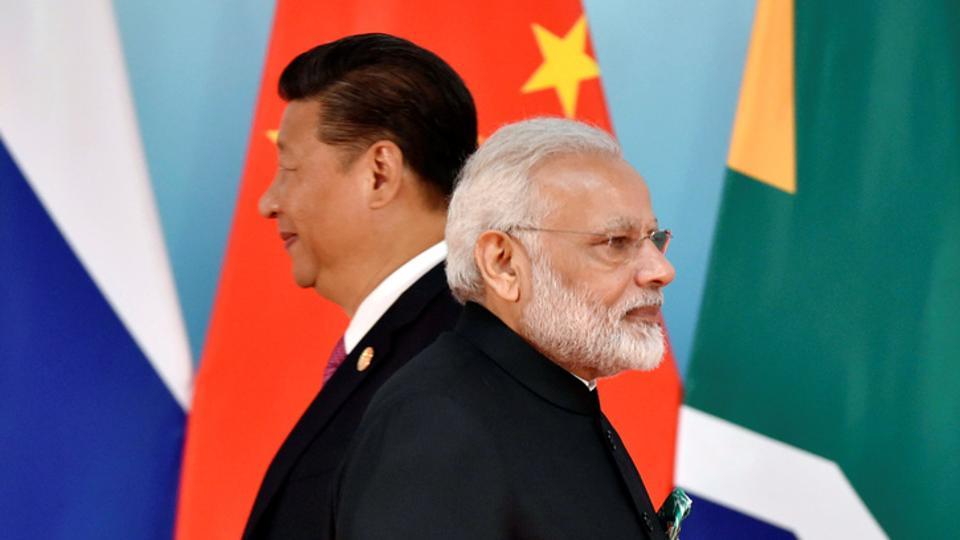How did you concluded SMART is from Shaurya , the Missile doesn't look
There is a lot of research going on in the background , they study about the , salinity , temperature and surveying the ocean frequently , those data's are available for Navy .
View attachment 61675
Why Super Sonic Missile Assisted Release of Torpedoe (SMART) will be a good platform for India.
Through SMART India will get long range ASW capability. Range of SMART is advertised as 650 Km but there are all the possibility that the range is even more. With other ASW platforms , like Kamorta Class Corvettes, P8I Poseidon , Underdevelopment ASW shallow water craft , Unmanned Underwater Vehicles and the most important Underwater surveillance system of Indian Navy will enable Indian Navy to target and destroy Chinese Submarines at long ranges.
India’s underwater wall is connected with US and Japanese SOSUS Underwater network. This will give India an ear warning of approaching Chinese subs even ling before it enters Indian ocean.
Indian Underwater wall might detect and triangulate an SSK diesel engine even if the submarine is 1000Km away in the Indian Ocean. As the submarines gets closer to SOSUS array many additional submarines sounds can be discerned eg SSN reactor water/steam circulation, generator gearing-electrical motor sounds from SSNs and SSKs, dropped tools and water swishing over the hull sounds. Cavitations sounds might be picked up from Chinese SSNs over 15 knots submerged cruising speeds and SSKs over 5 knots submerged cursing. Within 100km the diesel sounds of an SSK might reveal an individual SSK even identifying as SSK known to be captioned by a particular commander (may be judged by his maneuvering habits). Identification of submarine Type or actual submarine is much easier if there are already recordings of the submarines sound on an Indian super computer data base (Library).
So after the detection of Chinese Submarines it only need to press the launch button of SMART for welcoming Chinese subs . If we deploy SMART in Andaman India can takeout Chinese sub way before it entering Indian ocean.


